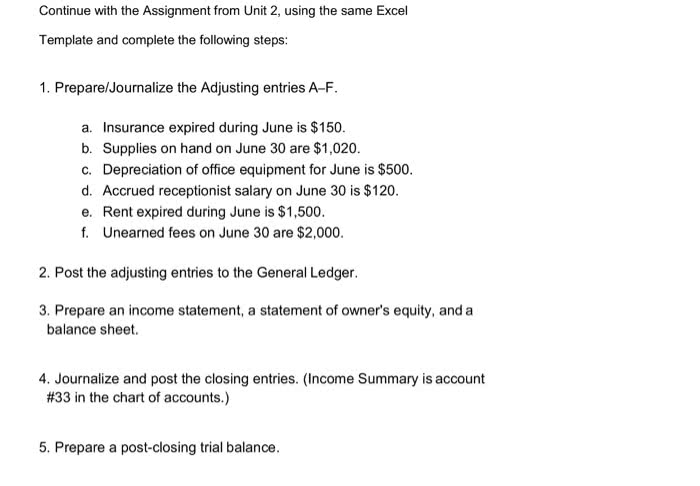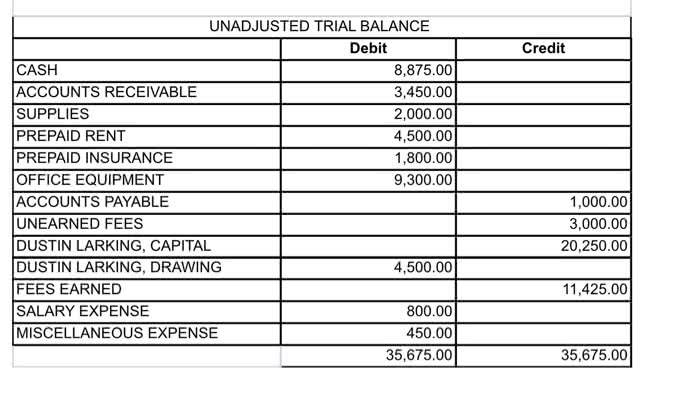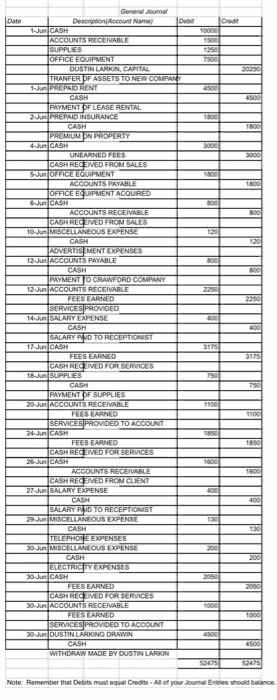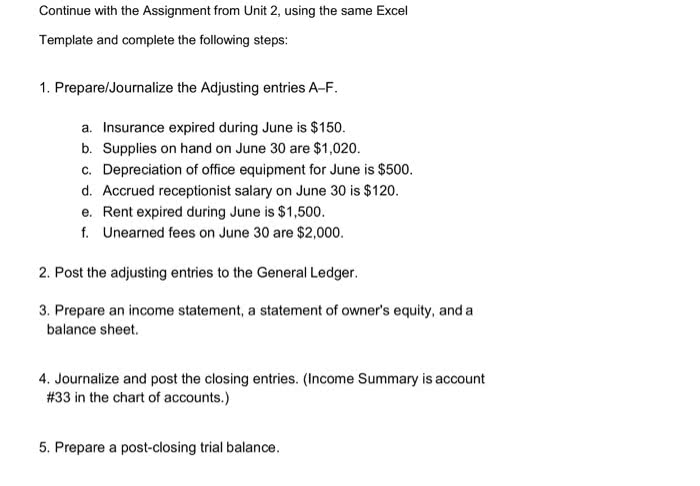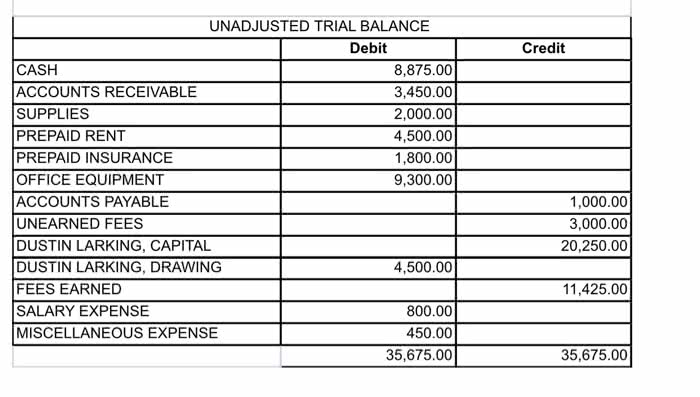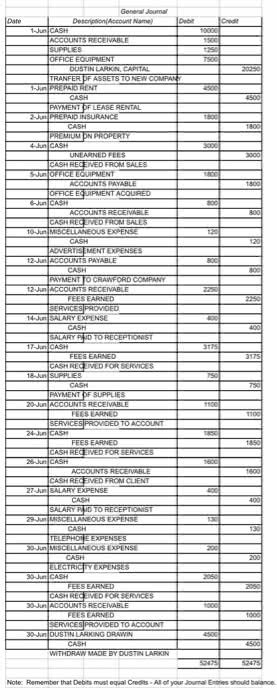azharul97
www.azharulislam97.comIndian Institute of Technology - IIT Indore
4 Followers
0 Following
1 Helped
azharul97Lv10
9 Dec 2023
Answer: good
azharul97Lv10
9 Dec 2023
Answer: good
azharul97Lv10
9 Dec 2023
Answer: good
azharul97Lv10
9 Dec 2023
Answer: good
azharul97Lv10
9 Dec 2023
Answer: good
azharul97Lv10
9 Dec 2023
Answer: good
azharul97Lv10
9 Dec 2023
Answer: good
azharul97Lv10
9 Dec 2023
Answer: good
azharul97Lv10
9 Dec 2023
Answer: good
azharul97Lv10
9 Dec 2023
Answer: good
azharul97Lv10
9 Dec 2023
Answer: good
azharul97Lv10
9 Dec 2023
Answer: good
azharul97Lv10
9 Dec 2023
Answer: good
azharul97Lv10
9 Dec 2023
Answer: good
azharul97Lv10
9 Dec 2023
Answer: good
azharul97Lv10
9 Dec 2023
Answer: good
azharul97Lv10
9 Dec 2023
Answer: good
azharul97Lv10
9 Dec 2023
Answer: good
azharul97Lv10
9 Dec 2023
Answer: good
azharul97Lv10
9 Dec 2023
Answer: good
azharul97Lv10
9 Dec 2023
Answer: good
azharul97Lv10
9 Dec 2023
Answer: good
azharul97Lv10
9 Dec 2023
Answer: good
azharul97Lv10
9 Dec 2023
Answer: good
azharul97Lv10
9 Dec 2023
Answer: good
azharul97Lv10
9 Dec 2023
Answer: good
azharul97Lv10
9 Dec 2023
Answer: good
azharul97Lv10
9 Dec 2023
Answer: good
azharul97Lv10
9 Dec 2023
Answer: good
azharul97Lv10
9 Dec 2023
Answer: good
azharul97Lv10
9 Dec 2023
Answer: good
azharul97Lv10
9 Dec 2023
Answer: good
azharul97Lv10
9 Dec 2023
Answer: good
azharul97Lv10
9 Dec 2023
Answer: good
azharul97Lv10
9 Dec 2023
Answer: good
azharul97Lv10
9 Dec 2023
Answer: good
azharul97Lv10
9 Dec 2023
Answer: good
azharul97Lv10
9 Dec 2023
Answer: good
azharul97Lv10
9 Dec 2023
Answer: good
azharul97Lv10
9 Dec 2023
Answer: good
